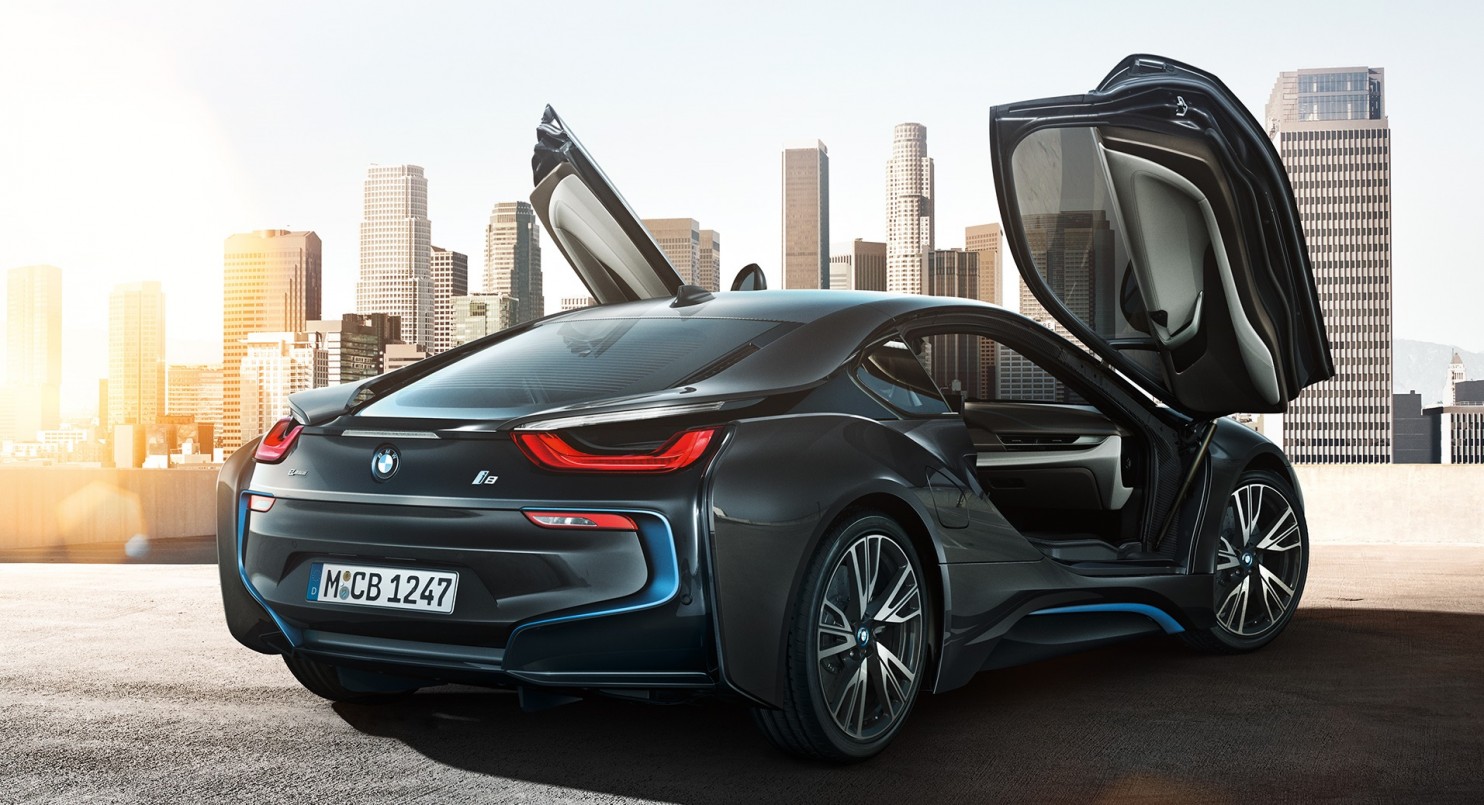In 2015, nearly all people are already well-accustomed with mobile gadgets, because they are already affordable and can be bought easily, even in small towns and villages. New digital technologies are also used in our cars and for many drivers, they may find that the technology has changed quite a lot. New technologies have radicalized the way we experience the activity of driving. Augmented reality dashboard is a feature that has been available in many cars. GPS technology is light-years ahead of those old paper road maps. With this new technology, full navigation information can be displayed directly on the windscreen. New information will be displayed in real time. Not only directional advices and traffic information, drivers could also get information from speedometer, fuel gauge, engine temperature, parking sensors and others. Touch controls for the augmented reality feature are placed on the steering wheels, so we don’t have to look away. Drivers can choose what information that they want to see with user-friendly controls. One very useful feature is the ability zoom on specific parts of the road, with night vision technology or FLIR. This will allow drivers to spot wild animals or people in dark roads with no street lighting. Augmented reliaty dashboards will allow drivers and other occupants to have safer driving experience.
Latest technologies have allowed the availability of fully autonomous cars and it is speculated that more and more cars with have fully automatic driving ability. Google and other major companies are planning to make this dream a reality, through the use of accurate mapping technology, reliable sensors, robust software and powerful computing ability. Although these cars won’t be completely driverless, they are practical when used in highways or urban areas. Driverless cars could also reduce the risks of accidents, because emotional, fatigue and other human error factors are removed. Seeing a future where everything is driven around by computers may sound like something out of sci-fi, but it seems plausible.
Many car owners have been involved in some kind of road accident that cost them plenty of money. In order to minimize damages, external airbags are needed to absorb some or much of the impact. External bags can be positioned on the corners or the cars and on the front. They can be deployed within 20 milliseconds when the sensor detects that a collision is inevitable. Although external airbags won’t protect the car completely from violent impacts, occupants can be better protected and car damages can be greatly minimized. If this technology is implemented properly, road safety will be significantly enhanced.
Some hybrid and electric cars also have solar panels that can help to further reduce energy consumption from fossil sources. Even all-electric cars may not be completely clean if they draw electricity from coal power plants. Although solar energy seems negligible when it comes to running a full-sized car, not those lightweight ones, the annual saving can be significant; especially for hybrid cars.



